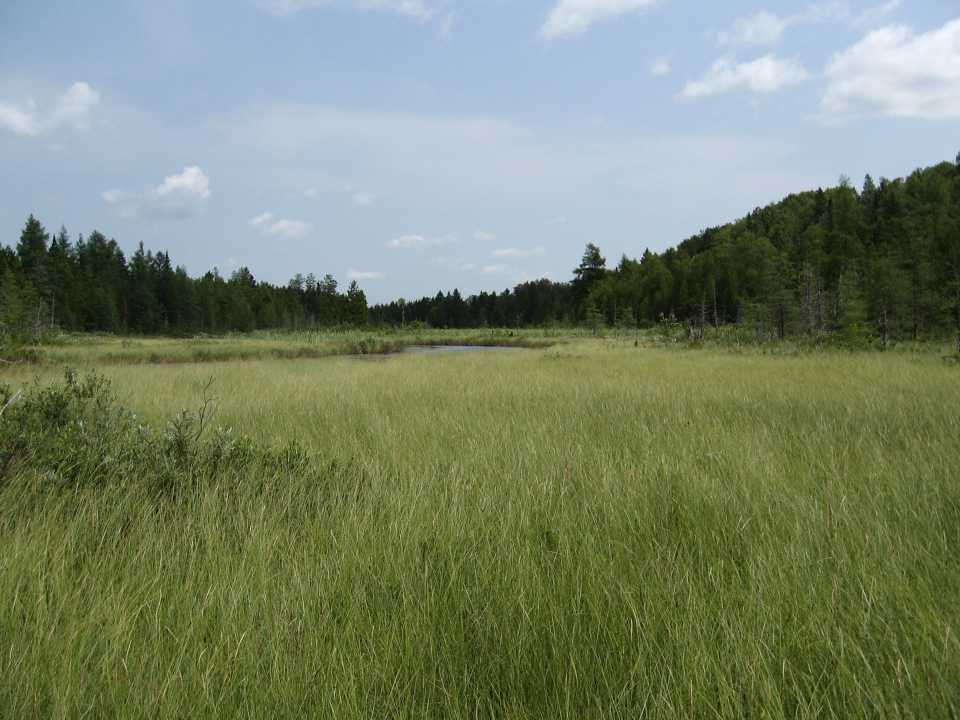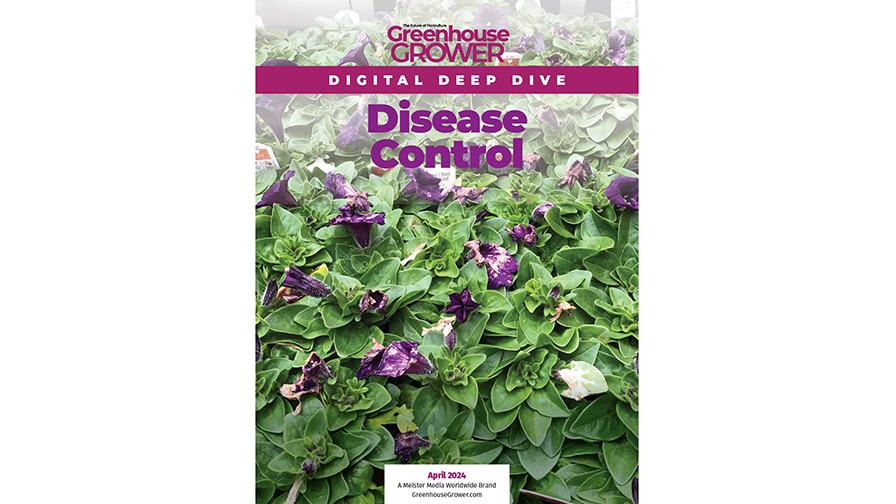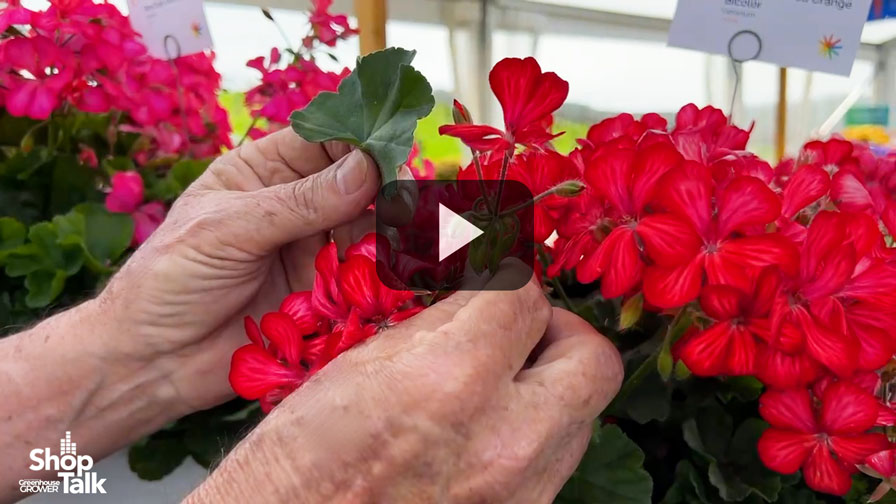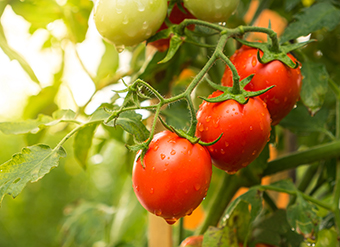How the Canadian Peat Moss Industry is Working to Restore Peatlands

Editors Note: On Feb. 8, 2018, GreenhouseGrower.com published an article “Why Biochar Might Eventually Replace Peat”. Paul Short, President of the Canadian Sphagnum Peat Moss Association, followed up with GreenhouseGrower.com to offer some clarifications on the peat industry, and the latest research it is conducting.
“This note is in response to your article from Feb. 8, 2018, “Why Biochar Might Eventually Replace Peat.” I fully understand that it was referencing research carried out by Andrew Margenot, Assistant Professor in the Department of Crop Science, University of California, Davis, that was posted on the Industrial Crops and Products on the University of Illinois news page. Both the study and your article provided comments on the state of peatlands and peat. I am following up with you directly in the interests of providing additional clarity and factual information related to Canadian peatlands and peat that may assist you in future discussions related to peat and peat products. I believe that it is of value to provide this information since 95% of all sphagnum peat moss used in the U.S. horticulture industry is Canadian sphagnum peat.
You stated that “harvest of the material is becoming unsustainable. Not only is peat being removed faster than it can reform, its use in potting mixes contributes to the release of carbon dioxide into the atmosphere.” Canada has 113 million hectares (280 million acres) of peatlands, nearly one-quarter of the entire world’s production space. Of this, the industry, over its 60-plus years of activity, has used only 29,000 hectares (72,000 acres). This is .02% of the country’s peatlands. Further, 81% of the nation’s peatlands remain in a natural state. The industry continues to expand and acquire new peatland resources throughout the country.
I believe that your comment that “peat is being removed faster that it can reform” is predicated on the understanding that these peat deposits have been formed over thousands of years and that they can not be replaced in any human’s lifetime once removed. The industry acknowledges that the time it will take to return the entire harvested peat volume is beyond a humans lifespan.
However, restoration of the peatlands is not. It is the return of the peatland functions that is the metric that is evaluated. Our use of best management practices to restore peatland is founded on the 30-plus years of research conducted by the University of Laval through the Peatland Ecological Research Group (PERG). This Group has developed, through peer reviewed research, a technique that will return the harvested peatlands to peat-accumulating ecosystems. Through the application of the moss layer transfer technique, the restored harvest sites:
• Have typical bog plant biodiversity cover established within three to five years following restoration and is dominated by sphagnum mosses
• Have organic matter values restored that are comparable to those of natural systems
• Have their water table rise quickly, improving hydrological conditions. Research suggests that it will take between 15 to 20 years to accumulate a thick enough moss layer that will again regulate the water fluctuations.
• Have carbon emission reduced and can return to net annual carbon sinks after a decade to 15 years post-restoration.
In practice, the restoration of postharvest sites is addressed very quickly after the completion of the harvesting on the bog. It is our objective to return the peatland functions for biodiversity, hydrology, and greenhouse gas emissions as quickly as possible. There is credible, peer-reviewed science that supports this outcome, and we have renewed our Natural Sciences and Engineering Research Council of Canada (NSERC) research program with Laval University for another five years. We will continue to refine our understanding of issues related to restoration of both bogs and fens following harvesting.
I believe that your comment that “its use in potting mixes contributes to the release of carbon dioxide into the atmosphere” echoes the quote from Andrew Margenot “… that there’s a transfer of a global carbon sink into a net source. Within a couple growing seasons, most of the peat moss from the potting mix is either mineralized by microbes or thrown out and decomposed. Either way, carbon dioxide is released.” There is no debate that carbon is released. Peat is a biological material, and like any other biological-based material, including biochar, there will be an emissions signature. What is not clear is the net carbon balance that results from the use of peat as a growing media substrate. To state that within a couple of season most of the peat will either be mineralized or decomposed is an oversimplification of something that is not clearly known or understood. It does reflect the current thinking based on assumptions made on emission factors related to the existing studies on climate change and peatland and peat disturbance.
Our industry is taking steps to address this knowledge deficiency. As of this year, we have entered into a five-year Natural Sciences and Engineering Research Council of Canada (NSERC) agreement with McGill University of Montreal to investigate greenhouse gas emission factors from peat extraction, use and after use. The use and after use will investigate the emission rates and the sequestration values of operational greenhouse functions as well as disposal of peat-based growing media.
The balance of the article discuss the results of applying biochar to the application of growing a single species, i.e. marigolds. It is not my intent to challenge the findings, but simply note that the peat industry is actively investigating alternative substrate materials. We have conducted environmental life cycle analysis (eLCA) of a number of alternatives (coir, bark, green compost), and there is not a specific substrate material that is perfect in every category of evaluation. They, including peat, all have some challenge. I have asked our Science Coordinator to follow up with the authors of the original research paper to assist them in being better informed about the environmental implications of Canadian horticultural peat.
I have appreciated the opportunity to reach out to you. If there is any further information or concern you may have with Canadian peatlands or horticultural peat, please let me know.”
Sincerely,
Paul Short
President, Canadian Sphagnum Peat Moss Association
PeatMoss.com; [email protected]









